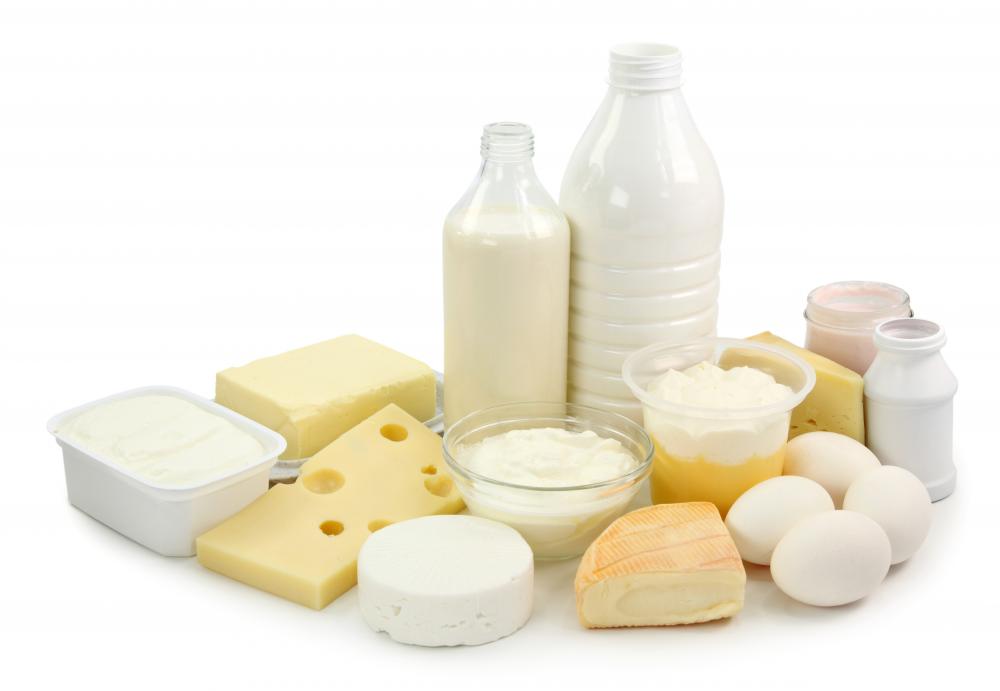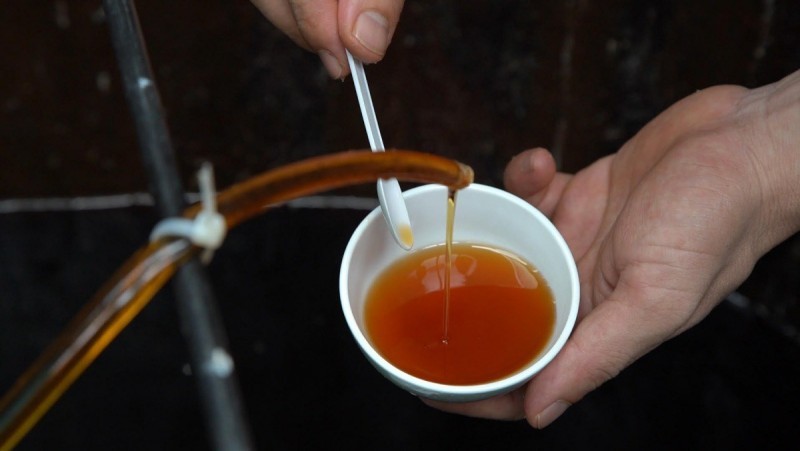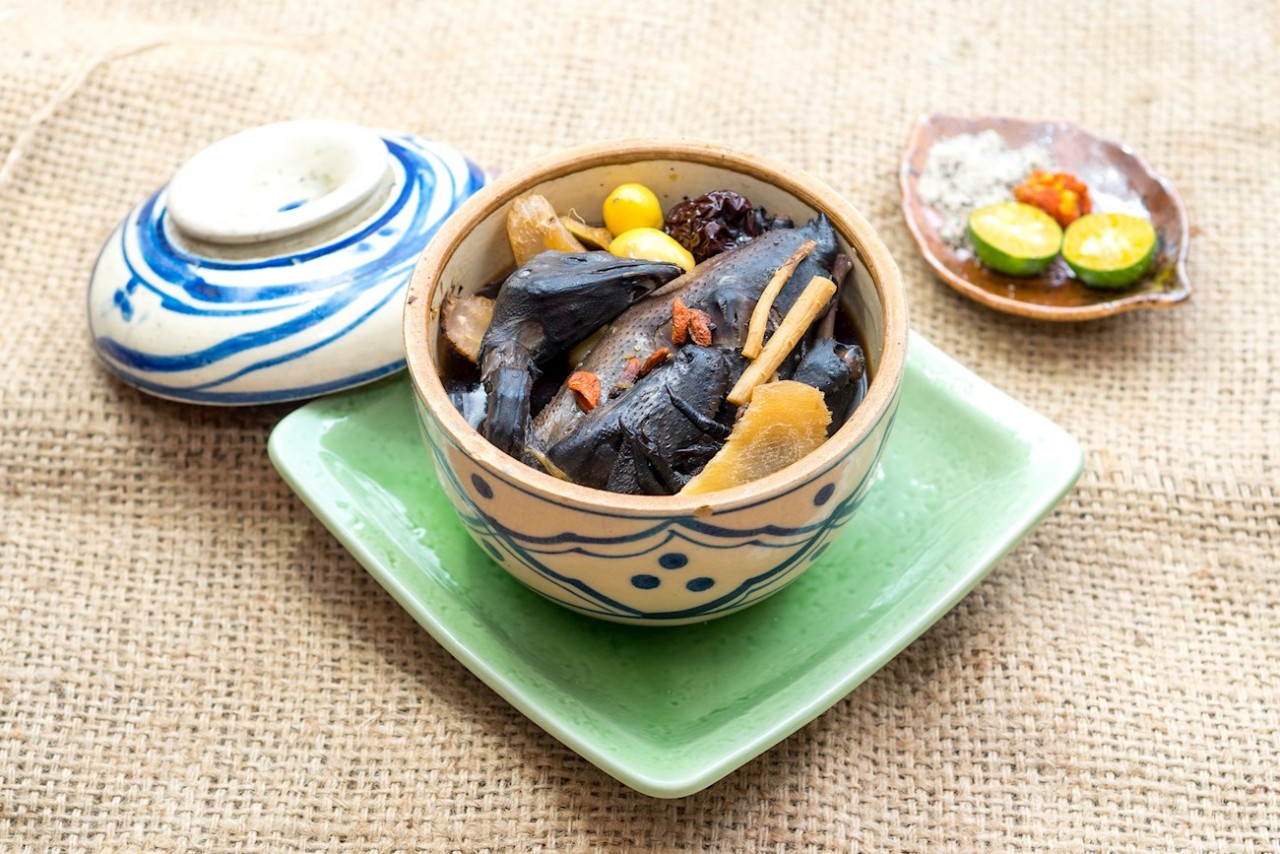Top 10 pain-triggering foods
Have you ever experienced chronic pain that lasts for days, weeks, months or even years? If so, you know just how debilitating it can be. So how can what you eat affect your pain levels? And how can you decrease pain without even opening your medicine cabinet? Let’s find out.
How Foods Inflict Pain
To understand how certain foods can trigger pain, you first need to understand inflammation and the role that it plays in diet and disease.
Inflammation is a normal immune response that helps protect the body against injury and infection. When you get a bug bite, for example, you might start to notice a bit of swelling and itchiness as your immune system springs into action.
Some conditions cause the immune system to set off this inflammatory response even when there are no foreign organisms to protect against. This causes the immune cells to attack the normal, healthy cells in the body, resulting in tissue damage and pain.
Certain types of pro-inflammatory proteins also work by directly activating nerve cells, which can both initiate and intensify pain.
Some conditions commonly associated with inflammation and pain include celiac disease; leaky gut syndrome; arthritis; food allergies and sensitivities; lupus; ulcerative colitis; crohn’s disease; gout and headaches/migraines.
So how does food play into all of this? About 70 per cent of your immune cells are found right in your digestive tract. Not only that, but your diet can have a powerful effect when it comes to mediating the inflammatory response. Certain foods have been shown to ease inflammation while others can set off symptoms and make inflammation worse.
Strengthening your immune system by taking control of your diet can be an easy and effective way to reduce inflammation and relieve pain.
Top 10 Pain-Triggering Foods

1. Dairy
Although most people are born with the ability to digest lactose, the main type of sugar found in cow’s milk, it’s estimated that 75 per cent of people around the world lose this ability at some point. Consuming dairy products when you’re living with lactose intolerance may result in symptoms like bloating, abdominal cramps, flatulence or diarrhea.
Research also turned up some conflicting results about the role of dairy in inflammation and chronic pain. One review published in 2012, for instance, suggests that dairy consumption should be limited in those with arthritis to decrease inflammation and alleviate symptoms. Conversely, a study in the European Journal of Clinical Nutrition found that consuming full-fat dairy foods was not related to inflammation.
Although more studies are needed, switching to a dairy-free diet may be worth a try if you suffer from chronic pain. Case in point: one study showed that switching to a low-fat, planet-based diet significantly decreased symptom severity and inflammation in patients with rheumatoid arthritis.
2. Soy
Soy is commonly found in a wide array of products including tofu, soy milk, soy sauce and vegetarian meat substitutes. Unfermented soy products contain phytic acid, a type of antinutrient that impairs nutrient absorption and irritates the lining of the gut.
This could potentially result in increased intestinal permeability, or leaky gut, a condition that allows particles to pass from the intestines into the blood. Not only can this contribute to inflammation, but it may also cause symptoms like joint pain, nutritional deficiencies, skin rashes and changes in mood.
3. Nightshades
Nightshade vegetables are a group of plants from the Solanaceae family, including tomatoes, potatoes, eggplants, chili peppers and bell peppers. While these nutritious veggies are generally healthy and safe for most people, they can trigger a host of adverse symptoms ranging from joint pain to muscle aches and mood swings in people who have a sensitivity.
Unfortunately, current research on nightshade intolerance is extremely limited, and most of the information available is anecdotal. However, testing out an elimination diet may be worthwhile if you think your pain may be worsening after eating nightshades.
4. Gluten
Gluten-free diets generate a lot of buzz, but many people still don’t understand basic gluten facts. Gluten is a type of protein found in grains like wheat, barley and rye. Besides being hiding out in bread and other wheat products, it also winds up in many salad dressings and deli meats, too.
For those with celiac disease or a sensitivity to gluten, eating even trace amounts can be a major pain trigger. While more research is still needed, gluten may even cause pain or symptoms in inpiduals without a sensitivity. Some test-tube and animal studies suggest that gluten may increase inflammation and exacerbate leaky gut syndrome by activating a specific protein involved in intestinal permeability.
 |
5. Alcohol
While the occasional glass of red wine with your dinner is okay, chronic alcohol consumption may not be so great for your health or your pain levels. Overdoing it can weaken the liver, amp up inflammation and even worsen symptoms of conditions like inflammatory bowel disease.
If you do want to wind down with a drink at the end of the night, be sure to skip the sugary mixers and high-carb beers. Also, remember to keep it in moderation with less than five drinks a week; no more than two drinks per day for men and one drink a day for women.
6. Meat
Emerging research indicates that limiting your consumption of red and processed meats could be beneficial for your health. Eating more red and processed meats is associated with increased inflammation, which is believed to be a major cause of chronic pain.
Some types of meat are also high in purines, compounds that can aggravate gout and cause pain. If you suffer from gout, it’s best to limit your consumption of high-purine meat products like seafood, bacon, turkey, veal and organ meats during flare-ups.
7. Sugar
Sugar is linked to an extensive list of deleterious effects on health, from heart disease to cancer. But did you know that your sweet tooth may also be contributing to pain as well?
Some research suggests that a high-sugar diet could cause alterations in your gut microbiome, which could promote inflammation and influence on immune. Loading up on sugar may also increase intestinal permeability, allowing particles to pass through to the bloodstream, triggering leaky gut symptoms, including pain.
8. Processed Foods
Unfortunately, ultra-processed foods make up a pretty substantial portion of the modern diet. One study estimates that processed foods account for a whopping 58 per cent of total energy intake in the average American diet. This includes popular items like convenience foods, snack cakes, sodas, juices, potato chips and breakfast cereals.
A diet packed with processed junk could be the culprit behind your chronic pain. A Harvard Medical School study found the traditional Western diet (characterized by a higher intake of red and processed meats, sweets, desserts, French fries and refined grains) was associated with higher levels of inflammatory markers. Other studies show that trans fats, which are frequently found in processed foods, are tied to increased inflammation.
For this reason, minimizing your intake processed foods is consistently recommended to help manage painful conditions like arthritis and inflammatory bowel disease.
9. Vegetable Oils
Vegetable oils like corn, safflower, cottonseed and soy oils are high in omega-6 fatty acids, a type of fat that most Americans are eating in excess. While most experts suggest sticking to a 2:1 ratio of omega-6 to omega-3 fatty acids, the typical ratio in the Western diet is closer to 20:1.
Omega-6 fatty acids are pro-inflammatory. Some research links excess omega-6s to pain. A study published in The Clinical Journal of Pain associated a diet high in dietary omega-6s with more pain, functional limitations, pain sensitivity and distress in participants with knee pain.

10. Caffeine
Bad news for coffee lovers: if you suffer from frequent, painful headaches, it may be time to cut back a bit on the caffeine. While some studies ID caffeine as a way to ease headaches, it appears that benefit occurs mostly in people who rarely drink coffee. For chronic caffeine users, it may actually increase the risk.
One study out of South Korea, for example, found that discontinuing caffeine consumption helped treat migraines in 72 per cent of participants. Caffeine isn’t just found in coffee, though. Other sources of caffeine include chocolate, tea, soft drinks and energy drinks.
How to ID & Deal
If you suffer from chronic pain and think your diet could be at the root of the problem, there are several steps you can take to start on the path towards pain-free living.
Testing is available for certain conditions, such as lactose intolerance, food allergies and celiac disease. These tests are a great way to pinpoint specific problems and identify foods that you should be nixing in your diet.
Unfortunately, detecting other food sensitivities isn’t quite as easy and sometimes requires a bit of detective work. The best way to identify trigger foods is by using an elimination diet.
During an elimination diet, foods are cut out completely and then slowly re-introduced over a period of several weeks to determine which foods may be contributing to symptoms and which foods can be safely added back in.
While identifying which foods may be causing your symptoms is important, following an overall healthy diet is just as crucial. Even if you feel just fine after polishing off a bag of candy, for example, that doesn’t mean that you should do it. Pairing a diet rich in whole, unprocessed, anti-inflammatory foods with a healthy lifestyle is vital to maximizing health, minimizing inflammation and keeping pain under control./.
According to draxe.com
Most read
Recommended
 Handbook
Handbook
Vietnam's Fish Sauce Tops World's Best Dipping Sauces
 Handbook
Handbook
Four Vietnamese Universities Feature Among Asia's Top 200
 Handbook
Handbook
Water Puppet Show To Be The Highlight of Vietnam Day in Brazil
 Handbook
Handbook
Taste Atlas: Vietnam’s Fish Sauce, Fermented Dish Sauce Among World’s Best Dipping Sauces
Popular article
 Handbook
Handbook
TasteAtlas: Four Vietnamese Dishes Among World’s 100 Best Dishes With Ginger
 Handbook
Handbook
Free Tickets to Taiwan Film Salon 2024 in Hanoi
 Handbook
Handbook
Ben Tre Delicacy Garners International Recognition
 Handbook
Handbook







